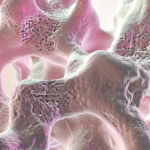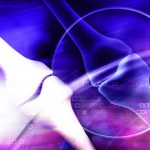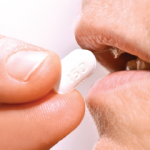BALTIMORE—Rheumatologists may not think about osteoporosis on a daily basis, but they should, said Dr. Karl Insogna, the Ensign Professor of Medicine at Yale University School of Medicine and director of the Yale Bone Center in New Haven, Conn., in his recent lecture at the Maryland Society for the Rheumatic Diseases. With approximately 75 million…



